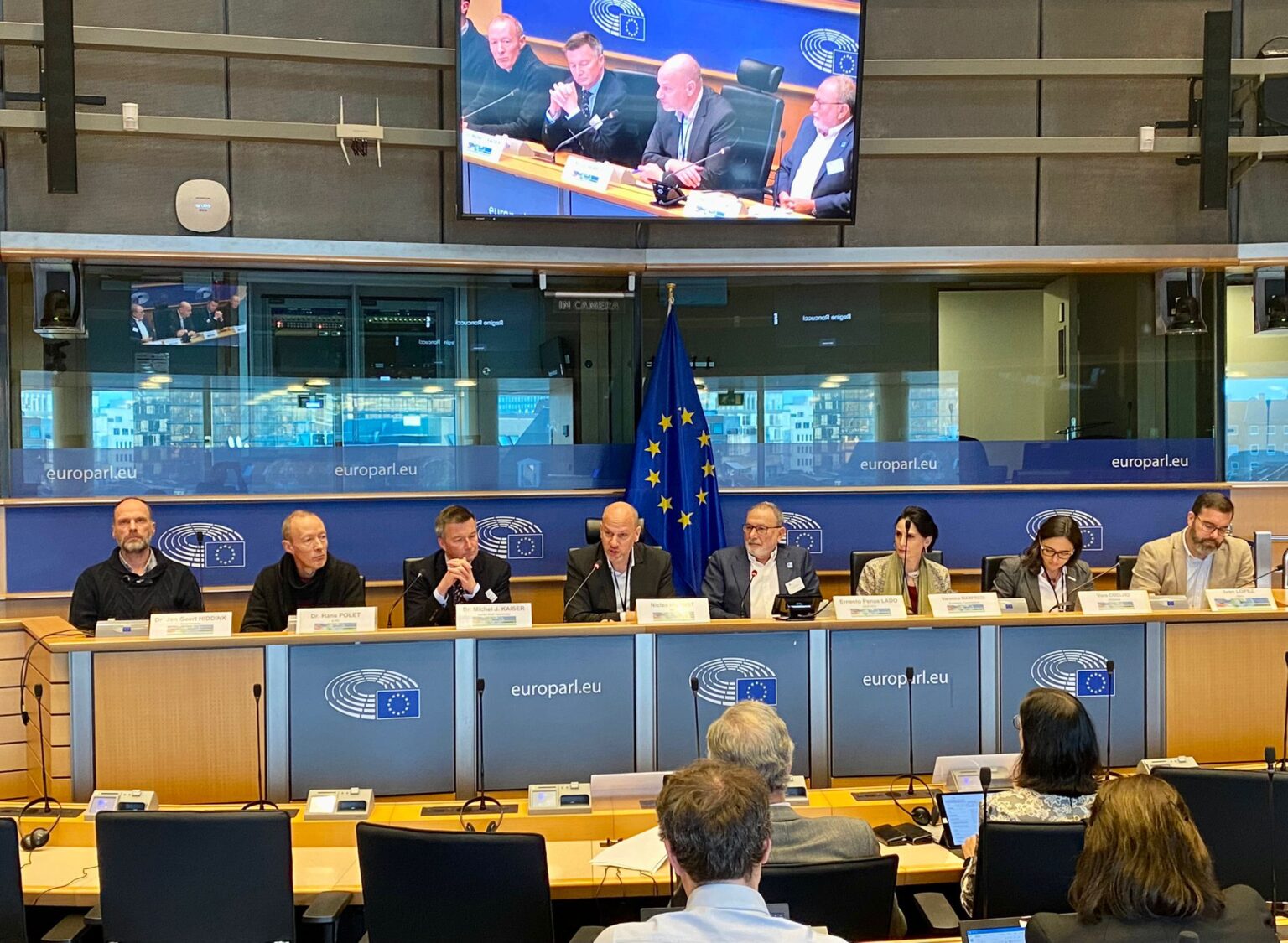Yesterday, the European Parliament held a landmark conference titled “Is bottom fishing in the EU sustainable? A new perspective under the European Commission’s Action Plan”. Hosted by the Member of the European Parliament (MEP) and rapporteur of this file, Niclas Herbst (EPP, DE), the event brought together leading scientists on seabed habitats and bottom fishing, along with representatives from the Commission, key stakeholders from the fishing sector and civil society. Scientists presented the latest research on bottom trawling sustainability, compatibility with Marine Protected Areas (MPAs) and trade-offs between the environmental impact of fisheries and food self-sufficiency. EBFA once again urged the European Commission to incorporate all relevant scientific findings into its policy-making, including the action plan, and to refrain from cherry-picking scientific data to advance its own agenda.
Over the last year and a half, EBFA[1], representing the bottom fishing fleet of 14 EU Member States, has presented solid science to the Commission services showing how to better protect our seas while ensuring a future for fishermen and guaranteeing food security. The Commission has in the end decided to follow the campaigns fabricated by the eNGOs, who pursue the goal to ban bottom trawling, instead of listening to science.
Commenting on the organization of this conference, Iván López, chair of EBFA, declared: “It is a real pity that an open dialogue between scientists, policy makers, and stakeholders was not organized during the two years that the conception of the action plan lasted, despite our repeated requests. All that we wanted was an honest discussion on the available science and to find the best tools to protect the environment while allowing our fishers to make a living. It is a shame that this has to be done in the implementation phase of the action plan. The Commission is putting the cart before the horse.”
Prof Jan Hiddink of Bangor University’s showed that the carbon benefits of ending bottom trawling have been massively overstated by a previous paper. It was highlighted that using exaggerated figures is worrying, as the EU is proposing bans on bottom trawling and may use the ‘carbon credits’ to offset other activities. If the carbon emissions are overestimated by several orders of magnitude (between 100 to 1000 times), as a result, we risk increasing overall CO2 emissions while reducing global food supply.
Prof Michel Kaiser of Heriot Watt University showed that, despite its impact on seabed habitats, bottom-trawl and dredge fisheries have been shown to be sustainable where they are well managed, stocks are increasing. He stressed that when management measures are implemented (gear and spatial rules), it appears that bottom trawling would have a lower environmental impact than livestock or fed aquaculture, which would likely replace trawl-caught fish if trawling was banned.
Dr. Hans Polet, Scientific Director of the Flanders Research Institute for Agriculture, Fisheries and Food (ILVO) presented a groundbreaking innovation called ‘Vistools’. Thanks to real-time information provided by fishers, this technology enables precise monitoring of the specific seabed types where fishing activities occur, facilitating precision fishing. This breakthrough allows for targeted fish operations in narrow, sandy areas while avoiding sensitive areas.
Iván López, concluded: “I hope it is clear now for everybody that bottom fishing is part of the definition and future of sustainable fishing. It can have a lower environmental impact than other food production methods, and as such it cannot be replaced. We will continue investing in science and innovation to mitigate our impact. Already a total of 83 bottom-trawl fisheries are currently certified by the Marine Stewardship Council, which is the most widely accepted measure of overall sustainability. Banning this traditional method is not an option we can afford in the EU, particularly if we want to reduce our dependency on seafood imports – which amount to more than 70%”.
EBFA appreciates the importance of the efforts made by MEP Herbst in organizing this conference and broadcasting vital fisheries scientific knowledge to ensure policy makers and consumers understand that species caught with bottom fishing gears are a sustainable choice provided they are from well-managed fisheries.
Background information
The Action Plan is part of the EU Biodiversity Strategy imposing the objective of legally protecting 30% of the Union waters by 2030, including a gradual phase out of active bottom fishing by 2030.
Press contact
Daniel Voces, Secretary of EBFA, info@bottomfishingalliance.eu +32 489 26 81 07
[1] The European Bottom Fisheries Alliance (EBFA) represents 20,000 fishermen and women and 7,000 vessels, both small artisanal actors and large-scale fishing vessels.

